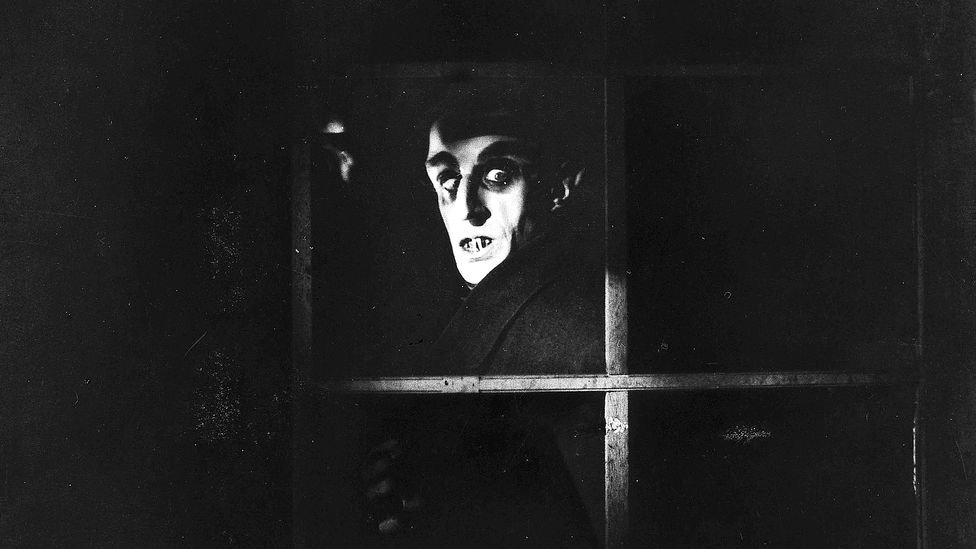Nosferatu: The monster who still terrifies, 100 years on
It was exactly 100 years ago, in March 1922, that Berlin’s movers and shakers attended the premiere of FW Murnau’s Nosferatu: A Symphony Of Horror, and saw the nightmarish Count Orlok springing bolt upright from his coffin. Those unsuspecting viewers could well have witnessed the first great jump scare in the history of horror movies. They had certainly witnessed its first great monster. An unofficial adaptation of Bram Stoker’s Dracula – hence the Count’s name-change from Dracula to Orlok – this silent masterpiece pioneered techniques and established horror tropes that have been used ever since. But the creation of the iconic Orlok, played by Max Schreck, is its supreme achievement. He is, says Cristina Massaccesi, in her guide to Nosferatu for the Devil’s Advocates horror history series, “the Ur-Vampire, the father of all undead creatures lurking in the darkest recesses of a cinema screen”.
He is also one of the few monsters to be instantly recognisable, even in silhouette. Murnau makes spine-tingling use of his shadow – and once you see the outline of Orlok’s domed, bald head, his pointed ears, his hunched shoulders, his stick-thin body and his snaking talons, you know who’s on the prowl. Then you see his gaunt, chalk-white face. More animal than human, Orlok has huge bushy eyebrows, sunken eyes, a beaky nose, and a rodent’s incisors in the centre of his mouth (far odder than the sharp canines possessed by later screen vampires). As Kevin Jackson says in Constellation of Genius, his survey of 1922 in the arts, Orlok “must be the strangest and most hideous leading man in all cinema”.

Much of the credit for this strangeness should go to the producer of Nosferatu, Albin Grau. A student of the occult, he wrote an article claiming that, during World War One, a Serbian peasant had told him of his own encounters with vampires: “Before this wretched war, I was over in Romania,” said the peasant, allegedly. “You can laugh about this superstition, but I swear on the mother of God, that I myself knew that horrible thing of seeing an undead… or Nosferatu, as vampires are called over there.” In 1921, Grau set up an independent studio, Prana Film, but he also worked closely with Murnau as the designer of Nosferatu. With no earlier vampire films to copy or to react against, Grau had to dream up something new – and his sketches of Orlok, a spindly, demonic alien with glowing eyes, are even creepier than the version in the finished film.
READ the full article: https://www.bbc.com/culture/article/20220303-nosferatu-the-monster-who-still-terrifies-100-years-on
Still creepy, after all these years! Watch it on Youtube:
